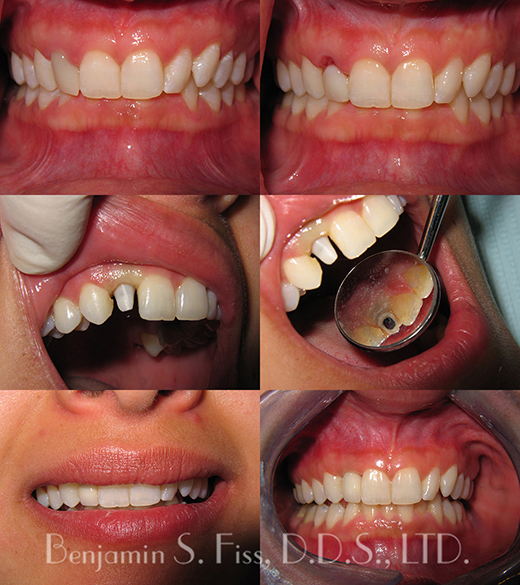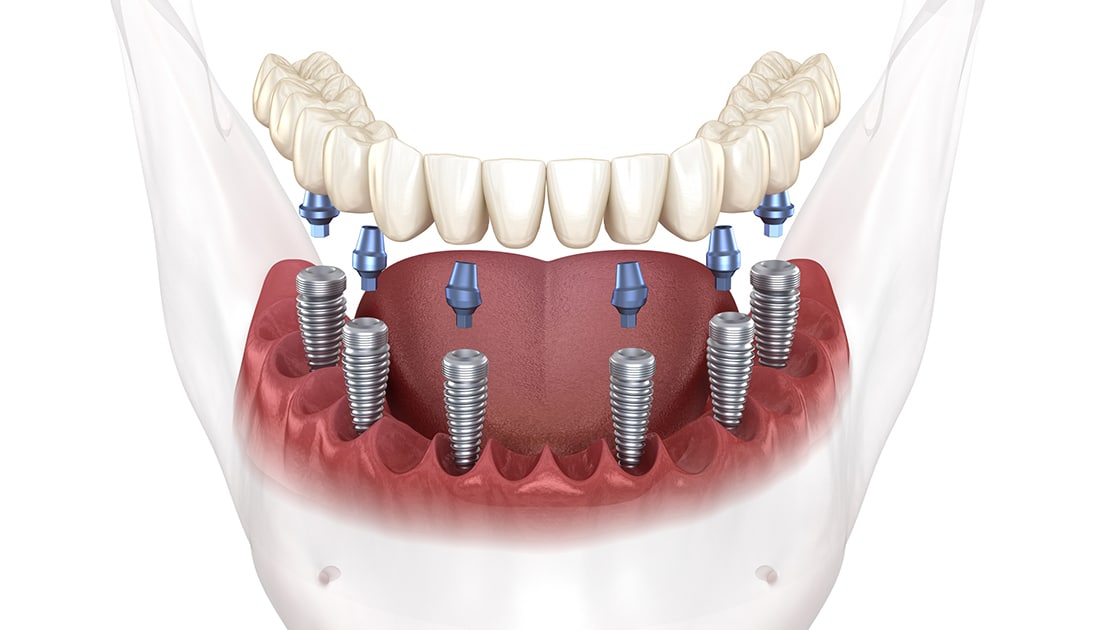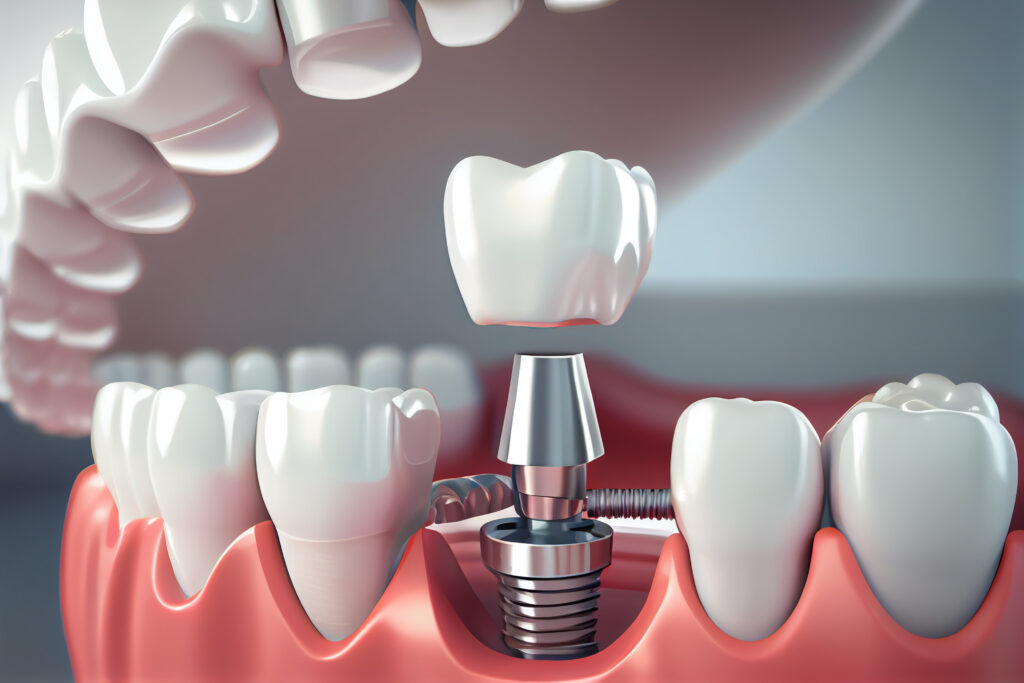Denture Dental Implants Grandville MI - Dental Implants
The journey toward dental implants begins with a thorough evaluation of the jawbone's condition. When there may be inadequate bone density to support an implant, bone grafting turns into Your Domain Name an important process to recreate a steady basis. Understanding how much bone grafting is required for dental implants her response significantly influences the therapy plan, timeline, and overall success rate.
The amount of bone grafting required depends on multiple components, including the extent of bone loss, the implant's size, and the particular location inside the mouth. In instances of serious bone loss due to periodontal diseases, trauma, or extended tooth loss, extra intensive grafting may be necessary. Conversely, if the bone loss is minimal, a smaller graft may suffice.
Implant Dental Muskegon Heights MI - Dental Implants Advantages
The analysis course of usually includes imaging studies corresponding to X-rays or 3D scans, permitting the dental professional to visualise the bone structure (Full Mouth Dental Implants Grand Haven MI). These images assist in determining the standard and quantity of current bone. If the bone is deemed inadequate, the dentist will then outline the appropriate grafting procedures
Grafting may be sourced from numerous areas. Autografts, which involve harvesting bone from the patient's own body, are sometimes deemed the gold standard. These offer excellent integration with the present bone however come with the disadvantage of further surgery. Other options embody allografts, which use donor bone, and artificial materials designed to mimic natural bone. Each possibility has its own implications on healing and success rates.
After figuring out the necessary amount of bone grafting, the dental professional will create a tailor-made plan for the affected person. This plan could include the timing of bone grafting in relation to the implant placement. In some circumstances, a graft may be carried out concurrently with the implant surgery. Alternatively, in more difficult scenarios, a separate healing interval is indicated.
Healing timelines differ based mostly on the person's health, the extent of grafting, and the sort of graft used. Generally, the therapeutic of a bone graft takes a quantity of months before an implant can be positioned. During this time, bone regeneration occurs, leading to a stable base for the implant.
Implant Dental Norton Shores MI - Dental Implants Procedure: What to Know
Patients often surprise concerning the risks related to bone grafting. While issues such as infection or graft failure are attainable, these events are comparatively rare. Adhering to post-operative care directions and attending follow-up appointments minimize risks and promote healing.
Once the bone has adequately healed, the dentist assesses the graft's success by evaluating the bone density and stability. If everything seems favorable, the following steps toward placing the dental implant can begin. The success of this next step largely hinges on the standard of the bone graft and its integration with the encircling bone.
Cost issues play an essential function in the decision-making course of. The expense of bone grafting varies based on supplies used, the complexity of the case, and geographic location. It is important for sufferers to discuss funds upfront to keep away from sudden payments later within the remedy.
Full Mouth Dental Implants Walker MI - Dental Implants - Oral and Maxillofacial Surgery
Also, patients ought to have practical expectations regarding the timeline and outcomes. Many elements can affect how a lot bone grafting is needed and its overall effectiveness. A collaborative strategy involving the patient and the dental team not only ensures readability but in addition enhances the possibilities of a successful outcome.

Maintaining good oral hygiene and regular dental visits following the process is vital. These practices can prevent complications and ensure that each the graft and the implant stay stable over time. The ongoing relationship with a dental professional is crucial, especially in the months following the procedures.
In conclusion, understanding how much bone grafting is needed for dental implants encompasses a multi-faceted method that considers bone quality, grafting sorts, healing time, and overall patient health. The steadiness between achieving the desired aesthetic and functional outcomes whereas minimizing risks and complications is at the heart of dental implant procedures. The journey may be extensive, however a well-planned approach maximizes the chances for a successful, long-lasting result in restorative dental work.
- Determining the quantity of bone grafting required for dental implants usually hinges on the preliminary bone density and quantity of the patient's jawbone.
- Each affected person's case is exclusive; components similar to earlier extractions, periodontal disease, or trauma can affect the need for grafting.
- A 3D imaging scan is often performed to assess the precise dimensions of the obtainable bone and inform the grafting strategy.
- The type of dental implant placement—immediate or delayed—may dictate the quantity of bone grafting essential for stability and integration.
- Different kinds of graft materials, corresponding to autografts, allografts, or synthetic options, can impression how a lot grafting material is needed.
- Assessing the affected person's overall health, age, and life-style habits can affect the therapeutic process, influencing graft volume requirements.
- The depth and placement of the implant can necessitate various quantities of graft materials to safe optimal outcomes.
- Successful integration of the dental implant often relies on sufficient bone density, leading to a tailored grafting method for each individual.
- Consultation with an oral surgeon will present a clearer estimate of the bone grafting wanted based on complete evaluations and imaging results.
- Post-grafting healing time varies; thus, a careful analysis is essential to find out the ultimate amount of grafting required for profitable implantation.undefinedHow much bone grafting is required for dental implants?
Dental Implant And Bridges Holland MI - Dental Implants Tooth Replacement
What is bone grafting and why is it needed for dental implants?undefinedBone grafting is a surgical process that adds bone or bone-like material to the jawbone. It is critical for dental implants when the present bone is inadequate to assist the implant, making certain stability and long-term success.
How do I know if I want a bone graft for dental implants?undefinedYour dentist or oral surgeon will evaluate your jawbone via x-rays or 3D imaging to determine its density and volume. If they find that you just lack sufficient bone, they will recommend a bone graft before proceeding with the dental implant.
Cheap Dental Implants Grand Haven MI - Guide to Dental Implants: A Popular Option for Tooth Replacement
What components affect the quantity of bone grafting needed?undefinedFactors include the size and location of the implant site, the health and density of current bone, and particular person therapeutic capability (Dental Implants Cost Muskegon MI). These parts help the dentist decide the appropriate amount of graft materials needed
Are there different varieties of bone grafts used for dental implants?undefinedYes, there are several varieties, including autografts (from your personal body), allografts (from a donor), xenografts (from animals), and synthetic graft supplies. Each sort has unique advantages and may be chosen based on individual patient needs.
Full Mouth Dental Implants Grand Haven MI - Best Dental Implants
How long does the bone grafting procedure take?undefinedThe length varies based mostly on the complexity of the grafting course of and the extent of the area treated. Generally, a bone grafting procedure can take anywhere from half-hour to a few hours, depending on the particular circumstances.
What is the recovery time after a bone graft for implants?undefinedRecovery occasions can differ, however usually, preliminary healing might take a quantity of weeks, whereas complete integration of the graft with the bone can take several months. Your dentist will provide a personalised timeline based on your state of affairs.

Will I experience pain after the bone grafting procedure?undefinedSome discomfort is common after a bone graft, however it's usually manageable with prescribed pain medicine. Most sufferers report that pain diminishes significantly within a couple of days.
Dental Implants Whole Mouth Grand Haven MI - Dental Implants - Benefits, Types, Cost
How does bone grafting have an result on the overall dental implant timeline?undefinedBone grafting might prolong the general timeline for receiving dental implants, as it requires a therapeutic interval earlier than implants could be positioned. This can add a quantity of months to the process but is essential for a profitable implant placement.

Are there risks related to bone grafting for dental implants?undefinedLike any surgical procedure, bone grafting carries some risks, corresponding to infection, graft failure, or issues related to anesthesia. However, when carried out by an experienced skilled, these risks are typically low.
Can I truly have dental implants positioned instantly after a bone graft?undefinedIn many cases, dental implants can't be positioned immediately after a bone graft due to the want for the graft to integrate into the present bone. However, some techniques, like quick loading, might enable for this under specific conditions. Your supplier will advise you on the finest option based in your circumstances.